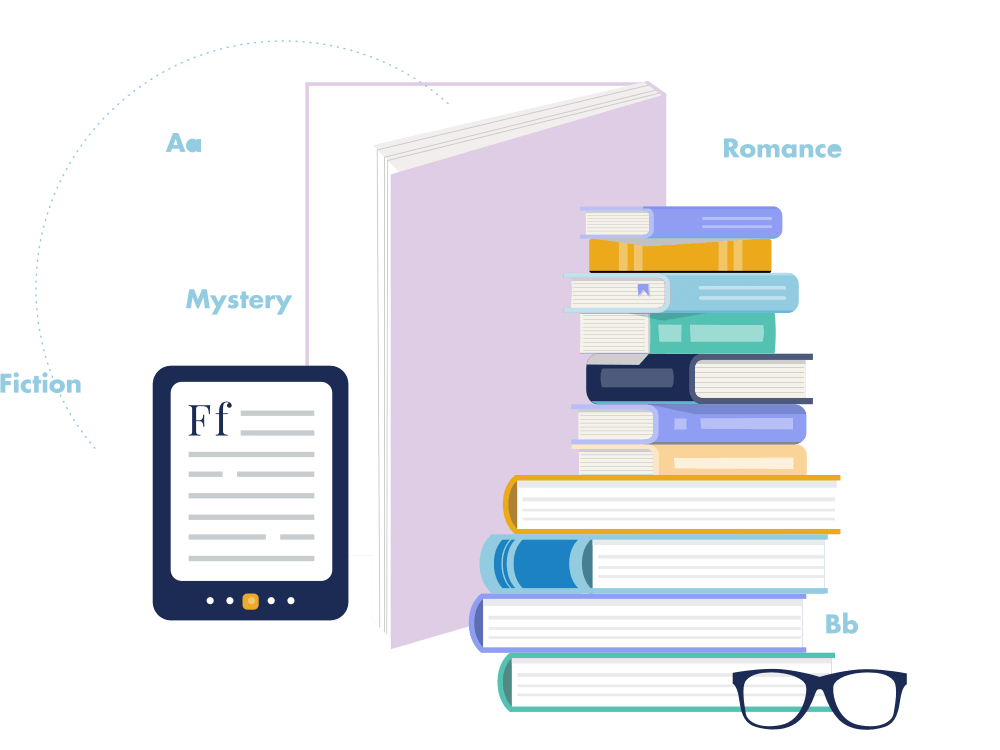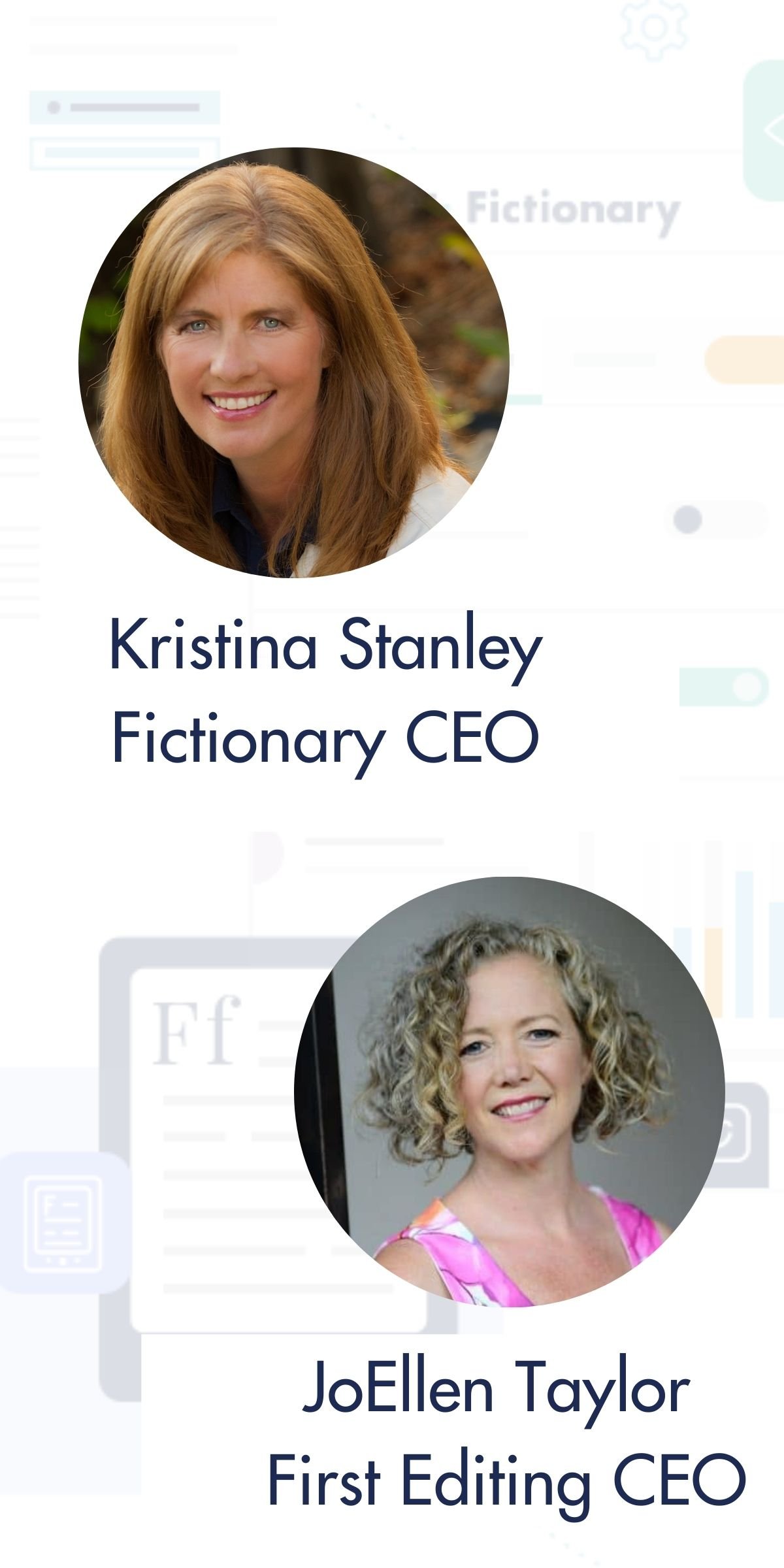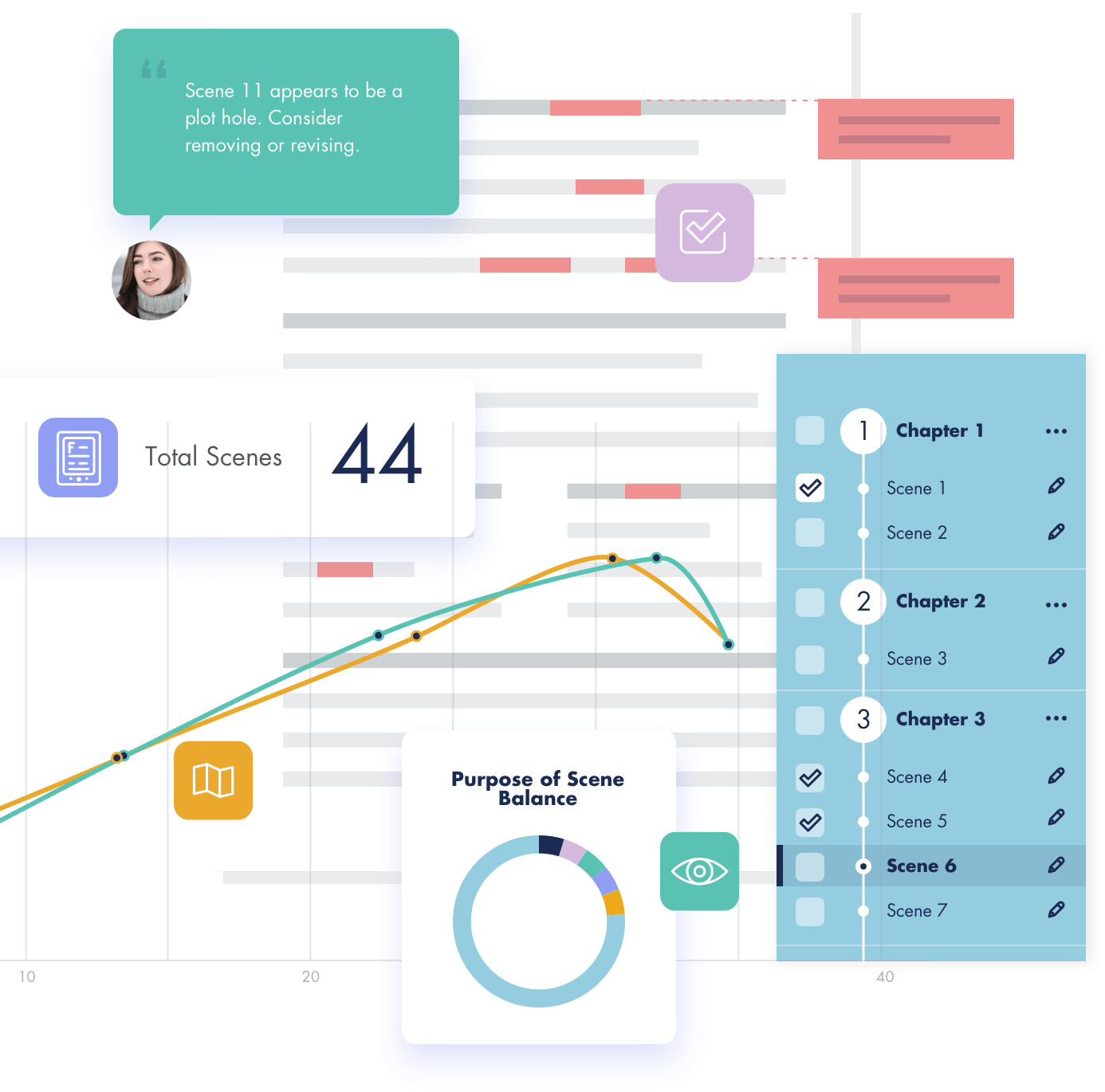
Story Element #4
POV Character Goal (Internal)
The internal goal of the POV character is related to a character weakness. The weakness will hinder the character and is something they must overcome. Your main characters all need an internal goal that they strive for throughout the story. Learn how to choose effective internal goals for your characters.
Next Story Element: POV Goal Related to Plot
![]()
Rather read than watch?
Video Transcript
My name is Joellen, and we continue our series with Kristina Stanley from Fictionary. Welcome, Kristina,
Kristina:
Hi Joellen, it’s great to be here again this week.
JoEllen:
I’m so excited. We continue our series on fiction editing and all the elements that go into a great story. We’ve been covering a lot of the point of view of our characters, the point of view goal. And this week, we want to talk a little bit about their internal world, which is a little bit hidden. There adds a little bit excitement to the book. So can you discuss and tell us a little bit how we want to look at that and analyze it?
Kristina:
Sure. So last week we talked about the point of view character goal. And by that we mean the external goal, and this is the goal that is a character want. So in a murder mystery, they want to solve the murder.
So it’s what’s driving the main plot forward and an internal goal has to do with the weakness, major weakness, the character has, and this weakness should hinder the character and is something that they must overcome to reach the overriding goal of the story.
And without an internal goal, along with an external goal, the character may seem flat. So if the reader understands early on in the story that the character has a weakness, they’re going to be expecting it’s going to change, and it can go either way. It’s going to get worse or it’s going to get better, but it shouldn’t really stay the same.
So when you’re starting your revisions, and you’ve just asked yourself, okay, who’s the point of view character. What’s the point of view characters external goal. Now you need to start digging a little bit deeper and figure out what is that internal goal.
![]()
Tips for Working on POV Internal Goal
JoEllen:
Exactly. And so it’s something they have to overcome. That’s really hindering them as they go through this story. So we have this, how are we going to use this?
How do we put this into instant use within our book here? Because we’ve been looking at their point of view perspective, but now this is hidden. So how do we deal with that?
Kristina:
Yeah, this is where really you need to show a reader. So if we have a character who is agoraphobic, and so they’re afraid to leave their house. The opening scene can be them desperately needing to get out of the house to do something right. And then the internal goal is to figure out how they’re going to do it. And that shows the weakness that they can’t quite get out of the house. :
A beautifully written book about this as I think is called A woman in the Window, but it’s basically a woman who can’t leave the house. And the opening scene is that she’s watching people on her street and she wants to go, but she can’t.
And so right away, the author has not told the reader that this is the problem. They’ve shown it in the opening scene or in an early scene in the book. So early on, it’s going to come out that there is this weakness and that goal can stay consistent over the entire story. So an external goal can change every scene. So as the plot moves forward, the character needs to achieve this and this and this. But for an internal goal, they need to figure out how. All the way through to halfway through the story, they might not even know they have this issue, but it’s shown to the reader.
And then at the mid point, they’re going to start to try and strive to overcome it. And then by Plot Point 1, it’s going to be clear whether, you know, they’re going to make it or not make it right.

![]()
Advice to tackle POV Internal Goals
JoEllen:
So if we’re going to use this, if we’re going to advise an editor or an editor or a writer, because we are talking to both of them today, when we’re looking at that story, what kind of advice can we give a writer on how to be aware of this and to deal with it as they’re writing versus coming back and trying to solve that? Because I don’t think this is something we can do after the fact, as well as we can do while we’re writing. Right?
Kristina:
So the way to do it after the fact from an editor is to keep notes on a per scene basis. And so early on, if it’s not clear what the internal flaw is, that’s going to drive the internal goal. And you can think of the internal goal as it’s a need. It’s something that the character needs to have in order to make their life better.
![]()
There’s no option for them if they’re going to move forward. So an editor’s role is to look at each scene and kind of guess, as you read through it, I think this is the internal goal. And sometimes what happens is an editor by the time you’ve gotten to the end of the story saying, nope, that wasn’t it at all. It was something else. And so the advice to the writer at the beginning is here’s some ways that you can rewrite the opening scenes to make it a little more clear that the internal flaw, which drives the internal goal in the character.
And you can help the writer bring it out earlier in the story. And it’s important early in the story, because first of all, characters have to have flaws or they’re boring and readers love to cheer for a character. And you can only cheer for character if you think there’s something holding them back from actually reaching their goals, right. The underdog.

The Underdog
JoEllen
So again, we always root for the underdog. We always want to make them happy. So again, we need to go through and look at that and figure it out where it is and make sure that we’re outlining that not only in this story, but in our future story. So again, I hope this is helping everyone kind of see the point of view and how, you know, having those insights helped us create more conflict, more struggle, more interest, I think in the story as we go along.
Kristina:
Yeah. And I do want to say, this is one of the hardest elements for writers to do. And so this is where an editor can really help a writer add depth to their story. And so there can be a great story, but it’s lacking depth. And often this is one of the places it’s locking down and the editor can coach the writer to go back through and add this back throughout the story, during the revisions.
JoEllen:
Exactly. Well, that again is part of creating this fantastic point of view. We’ve got our goals, we’ve got our internal goals, we’ve got a conflict, we’ve got a resolution. So as we go through there, it’s creating all of that interest that we need to keep our, and again, making sure that our readers understand, because I often think we get into the story and we don’t see as a new reader, what exactly they’re picking up on or what they might be missing.
So this is good. Yeah. So we’re getting deeper into the characters and hopefully this is helping everybody and next week we’ll move on to the next element for everyone. All right. Well, thank you for joining us this week. And again, it was our pleasure to talk about the 38 different elements of a fiction story. So join us long next week, and we’ll be talking about goals related to the plot.


